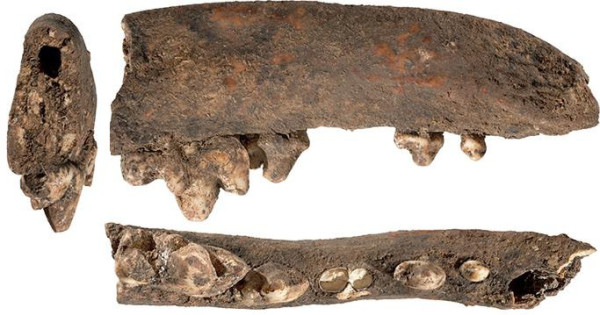 Establishing accurate chronologies for the dispersal of humans through the Pacific are critical for indigenous populations and for our understanding of the potential impact of climate change on those populations today.
Establishing accurate chronologies for the dispersal of humans through the Pacific are critical for indigenous populations and for our understanding of the potential impact of climate change on those populations today.
Associate Professor Fiona Petchey and her collaborators have published an interesting new paper: How long have dogs been in Melanesia? New evidence from Caution Bay, south coast of Papua New Guinea.
Currently, the earliest evidence for dog dispersal into the Greater Australian region and surrounds is found in Australia (Madura Cave 3210–3361 cal BP), New Ireland (Kamgot, c. 3000–3300 cal BP) and Timor-Leste (Matja Kuru 2, 2886–3068 cal BP). Previously, the earliest published dog remains for the large continental island of New Guinea was from Edubu 1 (2314–2700 cal BP) in Caution Bay, south coast of mainland PNG. Here we report on a dog mandible from Moiapu 1, also in Caution Bay.
Although the mandible could not be directly dated, good chronostratigraphic resolution indicates that it confidently dates to between 2573 and 2702 cal BP (95% probability). It was found deeply buried in association with Late Lapita cultural materials, and is currently the earliest known dog remain from New Guinea. Biometric measurements on a small sample of archaeological and modern dog remains from the broader region support previously published models (based on genetic results) of multiple dog dispersals into the Pacific region.
Read the full research publication How long have dogs been in Melanesia? New evidence from Caution Bay, south coast of Papua New Guinea on Science Direct.

Associate Professor